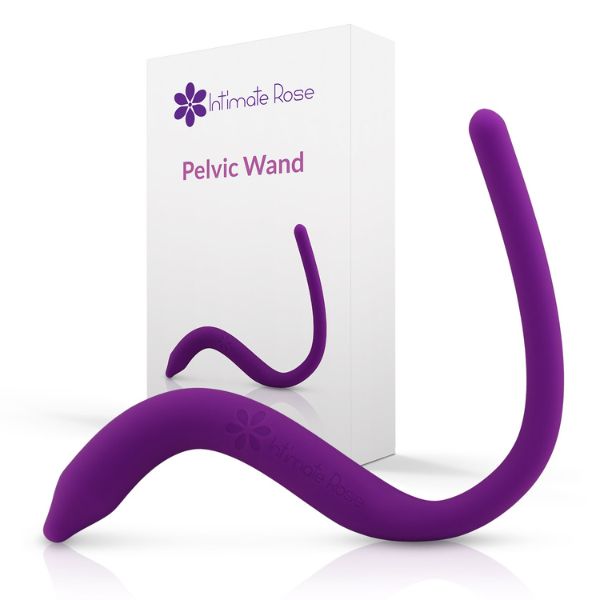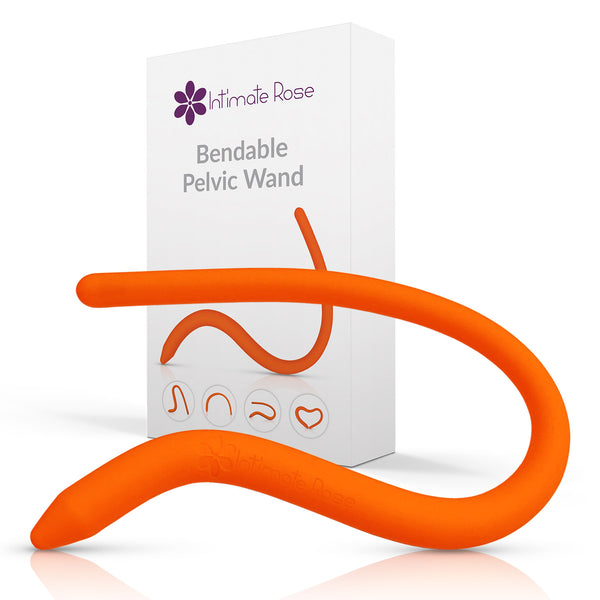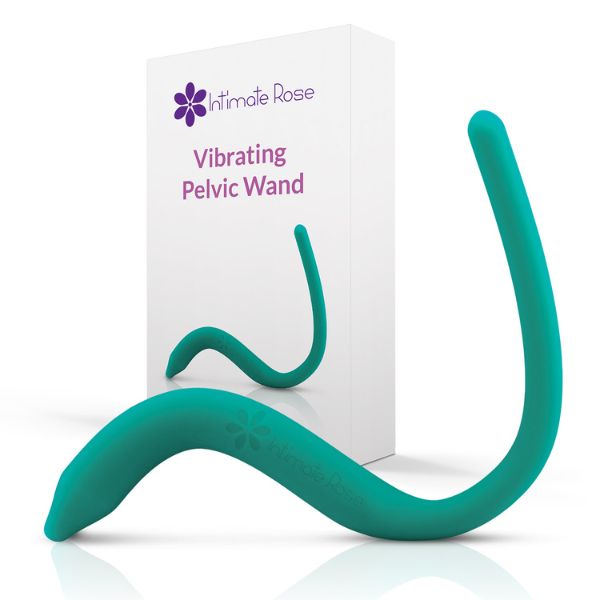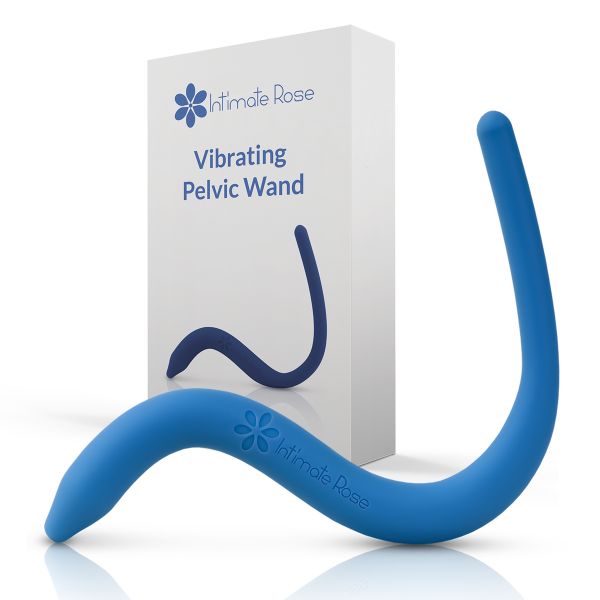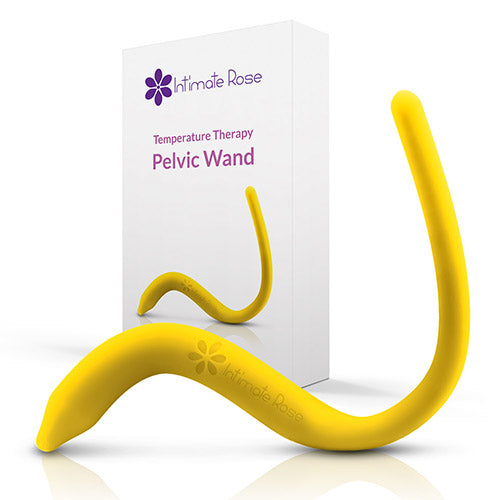Clinical Insight: The Link Between Movement Patterns and Urinary Urgency
A study by Wente and Spitzangle (1) proposed a theoretical framework for monitoring urinary urgency using standard movement testing. Their retrospective analysis explored how mechanical impairments of the spine and hips relate to pelvic floor muscle dysfunction in patients with urgency symptoms.
Notably, 48% of patients with urinary urgency also demonstrated a spine or hip movement diagnosis. The most common was lumbar extension with rotation, followed by hip adduction with femoral medial rotation—both of which may influence neural input to the bladder and pelvic floor.

Apply for Free Samples

Apply for Free Samples
The authors emphasized that muscular and fascial dysfunction, especially involving the hip lateral rotators and obturator internus, can contribute to urgency. Post-hip surgery urgency changes further support this relationship, with hip weakness—particularly in the obturator internus—impacting bladder control. Habitual movement patterns like leg crossing may lengthen and weaken this muscle over time.
Trigger points in the obturator internus and other pelvic floor muscles are also implicated. Recommended interventions include strain-counter-strain, trigger point release, and thermal therapy to reduce spasm.
💡This study reinforces the importance of including dynamic movement assessment—particularly of the hips and lumbar spine—when treating urinary urgency. Movement dysfunction may not just coexist with urgency, but contribute to it.
1. Wente K, Spitzangle T. Movement-Related Urinary Urgency: A Theoretical Framework and Retrospective Cross-sectional Study. J. of Women’s Health Physical Therapy. 2017;41(2):83-90.
Pelvic Wands
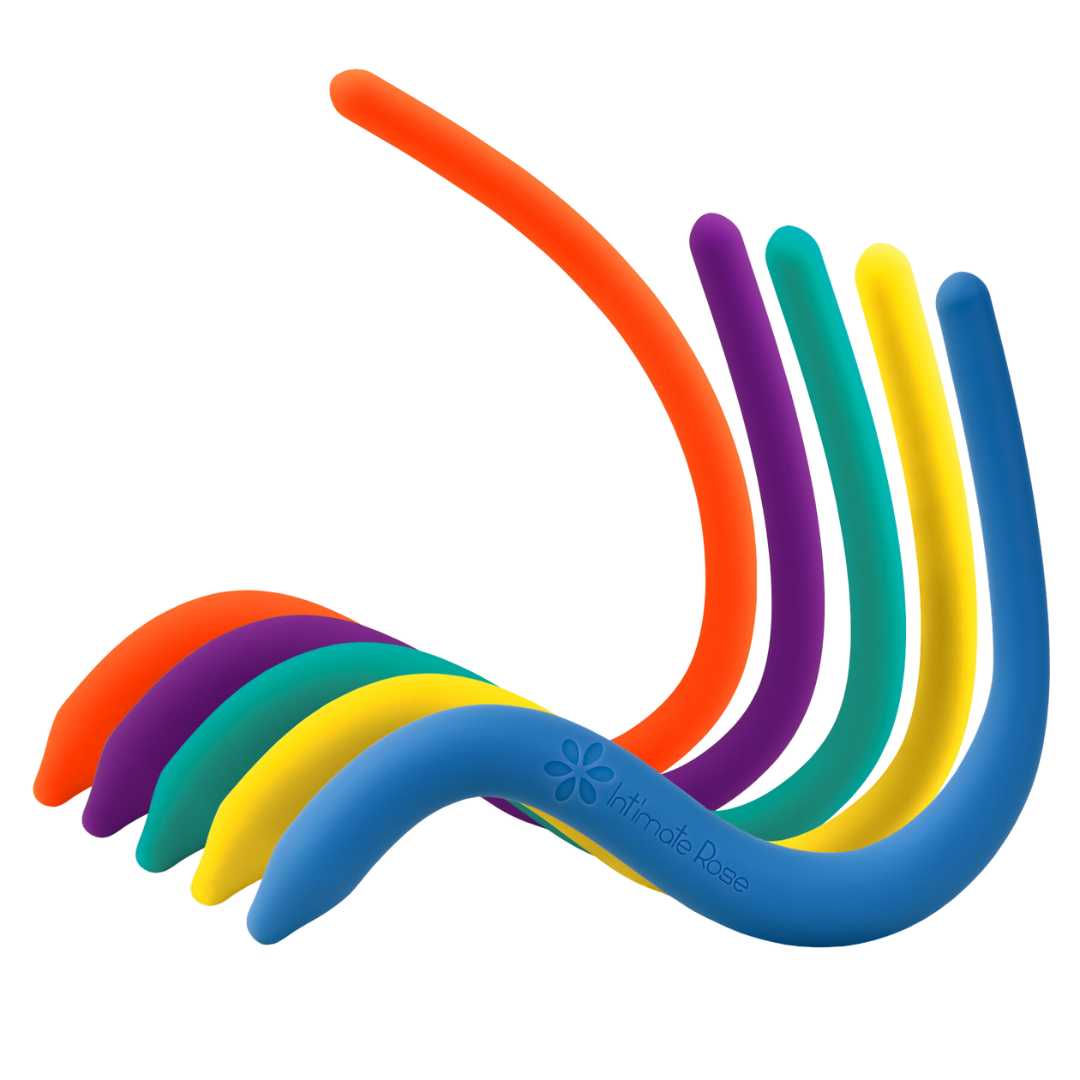

Apply for Free Samples




